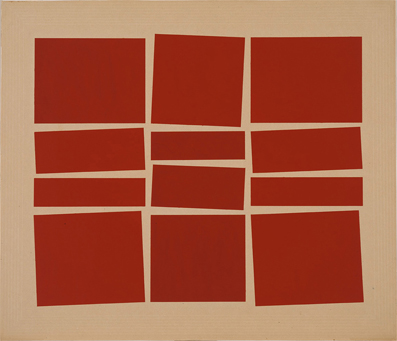Against Interpretation - Susan Sontag

Here i'll be writing down the important points in which Susan discuses and what i found most interesting; also my own feedback on the ideas of Interpretation.
Susan starts of by describing that the earliest experience of art must have been that it was incantatory, magical and an instrument of ritual. The Greek philosophers had proposed that art was mimesis and an imitation of reality. Plato, who proposed the theory that art was mimetic seems to have done so in order to rule that the value of art is dubious. Since he considered ordinary material things as themselves mimetic objects, imitations of transcendent forms or structures, even the best paintings of a bed would be only an "imitation of an imitation." For him, art is neither particularly useful nor, in the strict sense, true.
Aristotle argues in defense that art is a form of therapy and that it's useful in terms of arousing and purging those dangerous emotions.
Definition: interpretation
• noun 1 the action of explaining the meaning of something. 2 an explanation or way of explaining. 3 a performer’s representation of a creative work. - askoxford.com
Interpretation is the act of explaining something, subjectively we look at a piece of artwork and form a meaning in which what we percieve the work to be about. "It is the habit of approaching works of art in order to interpret them that sustains the fancy that there really is such a thing as the content of a work of art." Susan describes interpretation as a conscious act of the mind which illustrates a certain code, certain "rules" of interpretation. It's plucking certain elements from a piece a way of translating the work.
The interpreter, without actually erasing or rewriting the text, is altering it. He claims to be only making it intelligible by disclosing its true meaning. The meaning will always be different. The old style of interpretation was insistant, but respectful; it erected another meaning on top of the literal one. The modern style of interpretation excavates, and as it excavates, destroys; it digs "behind" the text, to find a sub-text which is the true one.
To understand is to interpret.
Interpretations of art today poisons our sensibilities and is the revenge of the intellect upon art. Even more. It is the revenge of the intellect upon the world. To interpret is to impoverish, to depelete the world - in order to set up a shadow world of "meanings." In some sense we are playing with the artwork, "taming" the work, breaking it down and reducing it. Susan describes that real art has the capacity to make us nervous. But what is real art? Can we determine whats real art through ones own interpretation, for one this might be real art but for another there interpretation might not class it as real art.
It is said that it doesn't matter whether artists intend, or don't intend, for their works to be interpreted. As artists we can not control the subjective nature of ones thoughts, we make art for our own purposes, others make it to highlight issues and to show certain problems. As much as one trys to make the work all about a certain "thing" it will still end up being interpreted in another fashion a way in which the artist didn't intend it to become, this is something we can not control. This is the beauty of art and the human mind, it allows us to open up and explore worlds in which the everyday does not allow us to explore. To challenge the norm.











 The National Gallery
The National Gallery








